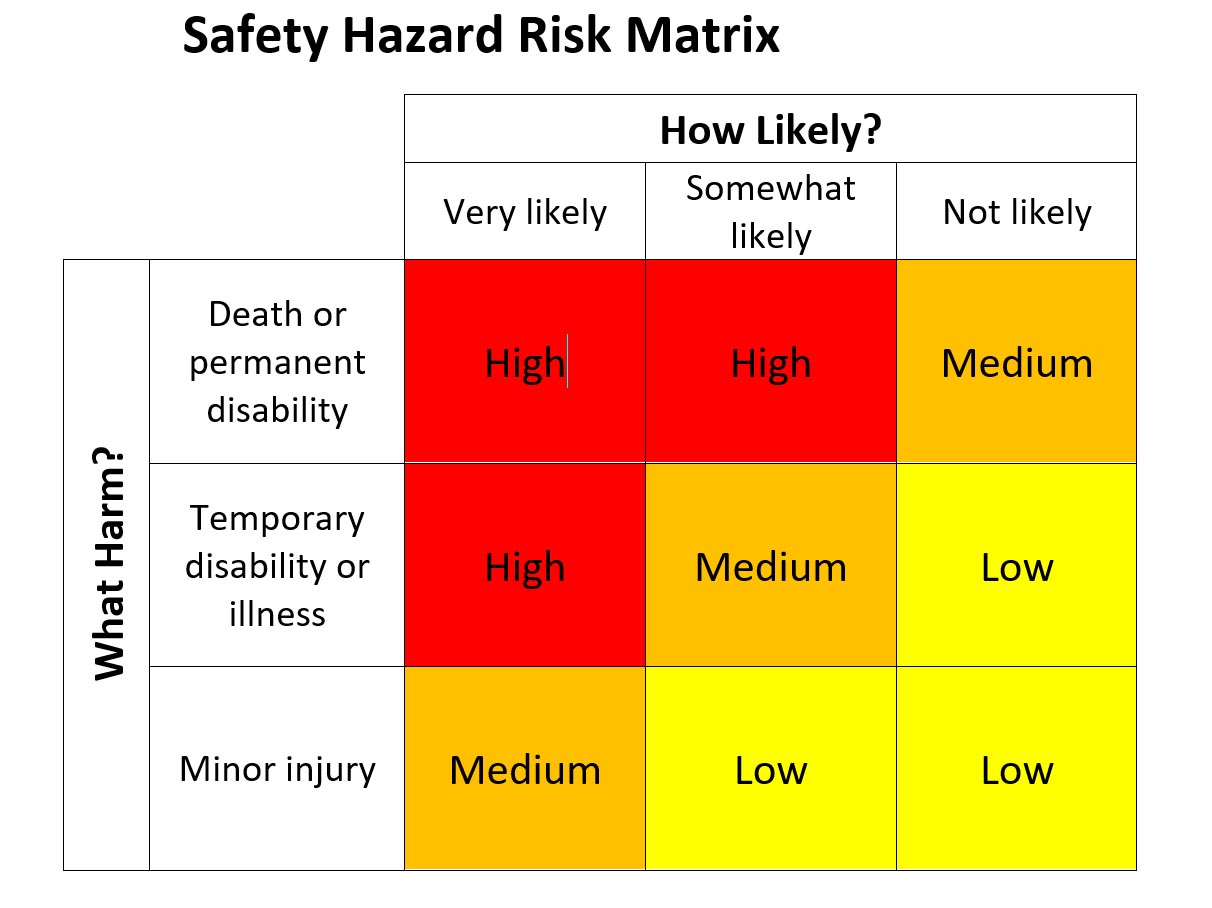All employers in Washington are required to provide a safe workplace for their employees. Whether you’re a large or small employer, finding and fixing hazards helps you create that safe workplace.
Finding and fixing workplace hazards reduces the risk for injuries and illness, which decreases direct and indirect costs to your business. It is also the foundation for your required safety programs, starting with an Accident Prevention Program (APP).
You can use the information here to help you find and fix hazards on your own. We also provide no-cost, professional safety and health consultants if you need more help.
Finding and preventing workplace hazards is better than reacting to an injury caused by them. Businesses in Washington must provide a safe workplace for their employees. A safe workplace starts with identifying how workers could get hurt. Be sure to include machinery, chemical, biological, sprains & strains, and other types of hazards. This important first step will help you create your required Accident Prevention Program (APP).
Depending on where your business is at – from a new start up to an established business – you can use these tools to help identify where hazards are found your workplace:
- Workplace Hazard Basics is a self-paced interactive tool that shows you how to recognize and categorize workplace hazards.
- Use these documents to guide you through the hazard identification process and help you document your hazards in preparation for creating your APP and other safety programs.
- Job Hazard Analysis - this form and instructions help you document hazards in preparation for creating your APP and other safety programs.
Once you’ve identified hazards in your workplace, fixing them comes next. The more hazards you can fix, the fewer risks for injuries you have. In the long run, this will leave you with more time to run your business.
Managing hazards takes time and resources. Some hazards are easy to fix right away – others take more time and require more thought. When faced with a hazard, consider three possible solutions:
- Change what’s used – Is there a safer tool or chemical available?
- Change how work’s done – Is there a safer way to complete a task, or can you shorten or eliminate the time a worker is exposed to a risk?
- Change something about the location – Can you add a barrier or isolate an employee from a hazard zone? Can you modify the workstation to make it safer?
You can use our Workplace Hazards & Solutions Worksheet to help track the hazards you need to address and possible solutions.
Take action
Once you’ve identified your workplace hazards and potential solutions, you are ready to take action.
- If you can fix a hazard right away, do it safely.
- If you have a lot of hazards to address, then prioritize those that are most likely to cause the worst harm. A risk matrix like the one below can help you with this.
- Only use Personal Protective Equipment (PPE) as a last resort. You may have to use PPE temporarily while you work toward a permanent solution or you can use it to supplement a permanent solution.
When fixing hazards, be sure to follow all applicable safety rules. You can find rules and resources for specific hazards using our safety topics index.
